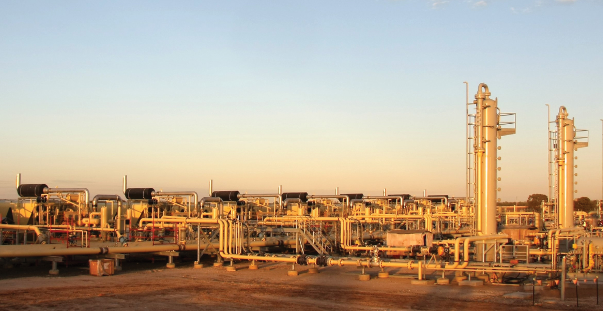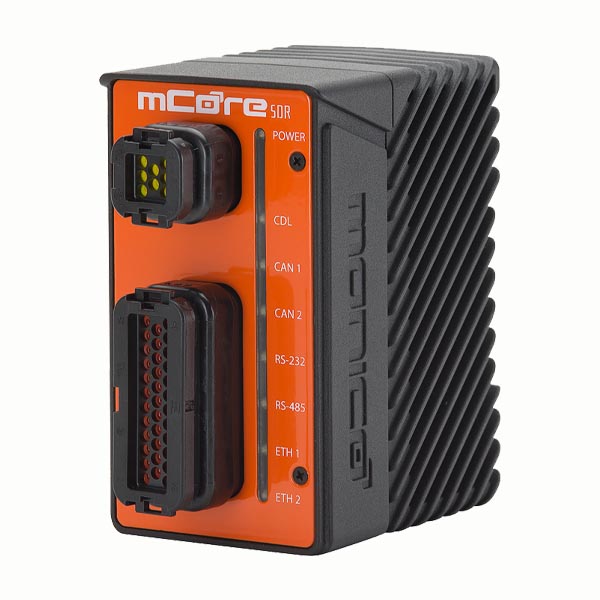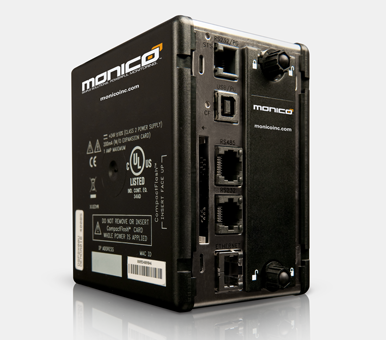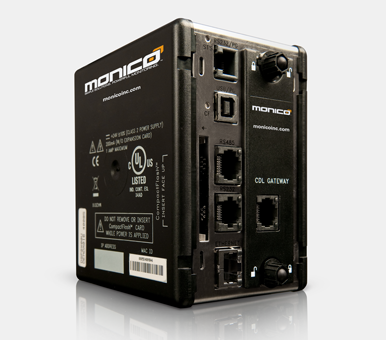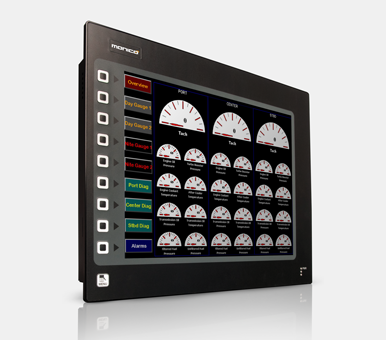Smarter Engine Monitoring for the Oil & Gas Industry
Monico Monitoring helps oil & gas operators maximize uptime, reduce costly failures, and gain total visibility into engines and equipment across the field. From midstream gas compression to rig power monitoring and frac truck integration, our pre-configured gateways enable unified control and data access for some of the industry’s most critical applications.
Built for harsh, high-noise environments, our systems support a wide range of industrial protocols, engine controllers, and SCADA architectures, providing actionable insights where traditional systems fall short.
With Monico Gateways, oil & gas teams can:
- Monitor engine and compressor performance in real time
- Log high-resolution data for diagnostics and failure analysis
- Reduce on-site maintenance visits with remote access and virtual HMIs
- Send alarms and shutdown notifications via email or SMS
- Interface seamlessly with Modbus, Allen-Bradley, Siemens, GE, and more
- Support proprietary J1939 PGNs for advanced control and protection logic
Whether you’re optimizing a drilling rig, managing unmanned compressor stations, or safeguarding high-pressure frac operations, Monico delivers monitoring systems engineered for oilfield reality—and ready to scale with your operations.
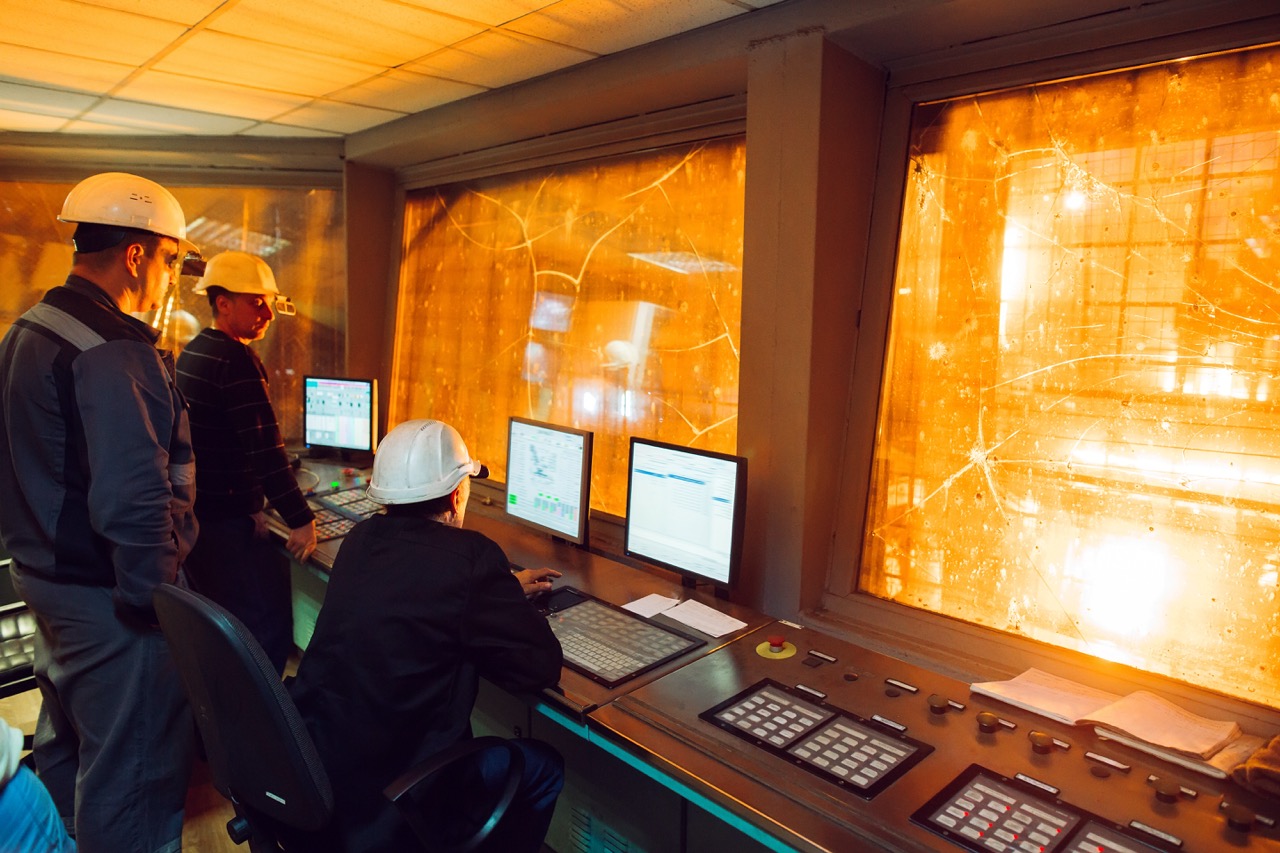
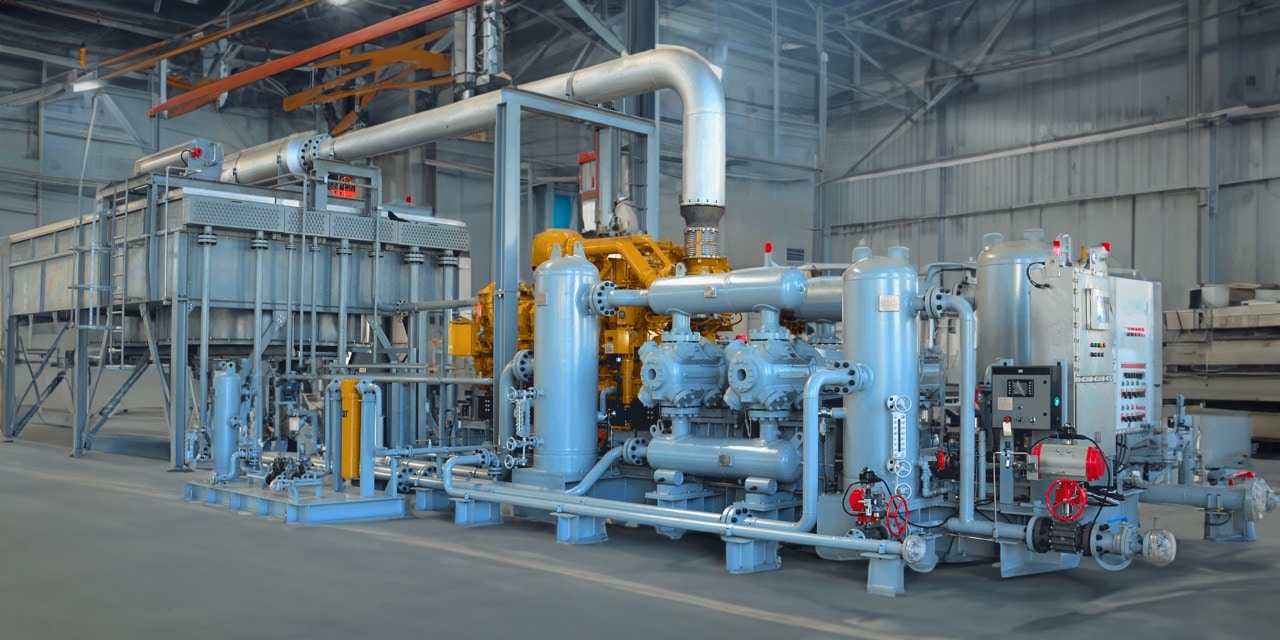
mGuard® CompressorWatch
Your Compressor’s Early Warning System
Avoid costly shutdowns and unplanned service
mGuard® CompressorWatch delivers continuous health diagnostics for high-value industrial compressors. With application-specific monitoring algorithms, real-time alerts, and connectivity to MonicoLive™ or your existing platform, Compressor Watch catches problems early — before they impact production. It’s the smart upgrade for critical air and gas compression assets.
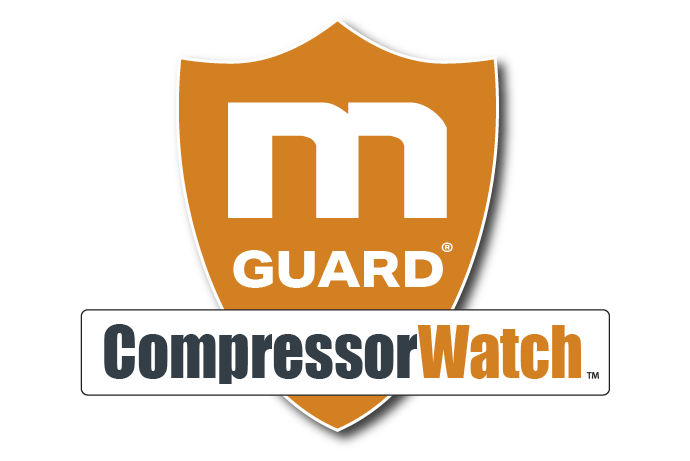
Compression
And Natural Gas Monitoring System
One of the most common applications for Monico Gateways is with natural gas monitoring systems for the compressors used in midstream gathering and pipelines. The majority of compressors are natural gas fueled reciprocating engines driving reciprocating compressors. Our Gateways have not only the ability to monitor the engines directly without need for intermediary devices, but can also act as a Modbus Master to gather data from the compressor controller.
Overview:
- Gateway pushes engine data to the compressor controller and reads compressor data from the controller
- Provides a unified interface with the SCADA system for both engine and compressor information
- Real-time data logging for in-depth analysis used in preventive maintenance and catastrophic failure prevention
- Monitor engine and compressor pressures, temperatures and faults
- Virtual HMI for instantaneous data over LAN including complete fault code support
- Capture data on engine activity and faults
- Email/SMS notification on alarms and shutdowns
- Perform freeze frame diagnostics with data logger
- Reduce equipment failure through proactive intervention and preventive measures
- Use collected data to improve asset management
- Monitor unmanned stations to reduce unnecessary travel
Highlights:
- The Gateway acts as a master and pushes engine data to the compressor controller and reads compressor data from the controller
- A unified interface with the SCADA system is provided for both engine and compressor information
- The gas monitoring systems log data in real time for in-depth analysis used in preventing catastrophic failure and preventive maintenance
- The data logger can also perform freeze frame diagnostics to pinpoint problems for quick assessment and fixes, as well as future prevention
- Reduce equipment failure through proactive intervention and preventive measures
- Unmanned stations can be monitored remotely to reduce unnecessary travel
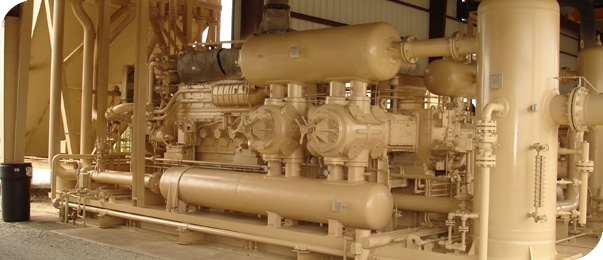
More About Monico Gateways in Natural Gas Monitoring Systems
Since Monico released its Gateway product lines in 2007, more than 5000 Gateways have been installed on natural gas compressors worldwide for use in natural gas monitoring systems. Our Gateways provide a singular interface between the engine and the customers’ control and Supervisory Control and Data Acquisition (SCADA) systems. Generally, the Gateway pulls data from the engine and pushes it to the compressor control system while also pulling compressor information and providing a unified interface for the SCADA system. Our ability to communicate with many different engine protocols, all the major PLC manufacturers’ protocols, and many different SCADA system protocols makes our product uniquely qualified for these applications.
A Basic Gateway has the ability to integrate all of these devices and provide a consolidated interface to a SCADA system, many times integrating a station-level PLC into the mix as well. In this case, we will provide engine and compressor data to the PLC and also pull station data from the PLC and provide a unified interface to the SCADA system. One benefit of this architecture is significantly increased speed due to the elimination of two devices over the largely serial networks.
A PLUS Gateway offers benefits such as real-time data logging and time management. Most serial SCADA networks cannot provide real-time data collection because of network limitations due to the number of devices. SCADA is best suited for long-term trending, but real-time data logging can provide valuable data to analyze failures. Many of our customers are able to pull log files that simultaneously log engine data, compressor data, and station data such as suction pressures in one integrated file for maximum analytic capability.
Natural Gas Monitoring: Compressor Data Gathering
In one installation, our customer’s SCADA system was only able to poll each compressor every 2-3 minutes but was experiencing cylinder liner failures on two engines every 1-2 weeks. The data from the SCADA system was not showing any possible cause and at $14,000 per repair, this was causing a lot of pain. A PLUS Gateway was installed to gather data from the engine and then acted as a Modbus master to an Altronics DE-2500. A log file was created to record 20 compressor parameters and 60 engine parameters every three seconds. Each CSV file contained one day of data and 200 daily files were contained in a FIFO file on the 2 GB Compact Flash card. With this real-time data, the customer was able to see the coolant temperature spikes that were causing the eventual failures. This customer then installed Gateway PLUS™ units on all Compressors in their 100+ engine fleet.
Natural gas is a clean and efficient way to power machinery while instituting cost savings. Monico believes that as the supply of natural gas becomes even more available and industries see the cost savings it allows for, we will see a wider use of this natural resource. Read more about the economics of Natural Gas Power Generation at the Natural Gas Supply Association’s website.
Read more:
The Role of Monitoring in Industrial Automation →
Monitoring for Natural Gas Compressors →
Download Datasheet →
Drilling
The oil and gas industry holds some of Monico’s longest-standing clients, and drilling rigs take up a large percentage of that clientele. An application we work with regularly is monitoring of the generators used for power generation on drilling rigs. Many of the most popular genset models have only a very basic local monitoring system, and no generator controls. In most applications there is no monitoring of the engines by the rig control system. There is tremendous value to monitoring the generator engines to maximize fuel economy, minimize downtime, and drastically reduce rig blackouts
The quality of our products, the expertise we have for making the product work in this extremely difficult environment, and our expert support team have been the key to the success of Monico’s gateways in the drilling rig arena.
Highlights:
- Utilize events and diagnostics capabilities to solve problems more quickly and efficiently as well as prevent them in the future
- Track fuel consumption on each engine to develop fuel economy strategies
- Examine electrical efficiency of a rig and help reduce rig blackouts
- Monitor engine hours for scheduling preventive maintenance
- Receive Email/SMS notifications on alarms and shutdowns
Overview:
- Track fuel consumption on each engine to develop fuel economy strategies
- Examine electrical efficiency of a rig, reduce rig blackouts
- Virtual HMI for instantaneous data over LAN, including complete fault code support
- Monitor engine hours for scheduling preventive maintenance
- Virtual HMI can be set up for each engine
- Email/SMS notifications on alarms and shutdowns
- Events and diagnostics
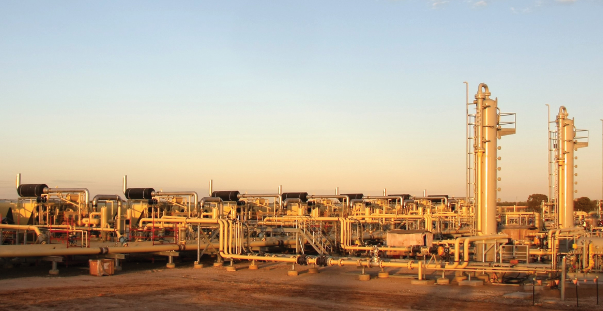
Drilling Monitoring Systems and Oil Rig Monitoring Systems
Drilling Contractors are now installing Monico Gateways for the integration of engines into the overall rig automation system. One major drilling contractor reports that engine integration has virtually eliminated rig blackouts and significantly reduced fuel consumption.
In the onshore drilling rig market in North America, Monico has well over 1500 Gateways installed that integrate the power generators into the oil rig monitoring system or the rig automation system, or to provide remote monitoring capabilities for predictive maintenance and managing fuel consumption. Over the past ten years, our Gateways have become standard equipment on all new rigs for several major drilling contractors, and one major contractor has retrofitted approximately 150 existing rigs with our Gateways. In addition, we have added many different types of data analysis to cover much more than just fuel consumption.
Technicalities of Natural Gas and Oil Rig Monitoring
Drilling rigs are one of the most challenging applications for communications. Typically, we are forced to run communications wires in the same raceway as extremely high current power wires into the power house which contains several variable frequency drives that create a huge amount of electrical noise. Our experience in this environment has forced us to learn how to properly wire these installations to operate with rock-solid reliability. We will typically install an isolated repeater to eliminate any noise collected in the wiring run from affecting the engine operation, and proper grounding of the engine and the drain wires is criticalGenset data is brought in via the dedicated port, which leaves (2) RS-232 ports, (1) RS-485 port, and (1) Ethernet port for gathering data from other system components, such as Woodward controllers. Each serial port can communicate via one protocol independently, either master or slave. The Ethernet port can communicate via four protocols simultaneously. The addition of I/O modules for analog and digital I/O provides a powerful monitoring solution. The ability to push all data to PLCs such as Allen Bradley, GE Fanuc, Siemens and Omron are very important.
Monitoring: Oilfield Generators by Monico CEO, Doyle Taylor →
Monitoring for Oil & Gas Completions
Another popular use for Monico Gateways in oil and gas monitoring systems is in frac truck operations. We can provide interface Gateways used for control and monitoring. The engines on these trucks pump fluid and proppants down-hole into the shale formations of natural gas wells to produce factures in the shale rock formations, allowing the natural gas to be extracted.

Monico Gateways in an Oil & Gas Monitoring System
Monico provides control inputs via our J1939 Gateway for torque converter lockup, engine start/stop in both normal and emergency mode and speed control. Our unique ability to provide multiple pre-configured solutions for simultaneous operations involving Modbus, Allen Bradley, GE Fanuc, Siemens, and Omron PLC control systems makes us an easy choice for frac truck projects. Our capability and experience with implementing proprietary PGNs is an important factor. In the world of J1939 communications, these manufacturers’ proprietary PGNs allow the OEM to provide control and monitoring inputs that are specific and proprietary. Monico’s ability to easily and efficiently work with these PGNs is a significant factor in the success of these applications.
One example of using Proprietary PGN’s is for implementing custom or unique features such as what Caterpillar® calls Kickout to Neutral. Transmission service on a frac truc is a touchy application not only on the engine, but also – especially – on the transmission. This feature allows for safety settings for each transmission gear and if certain outlet pressures are achieved, the transmission will automatically shift into neutral and protect the engine and pump components. The pressure achieved in these applications are huge and can cause significant damage (thus significant downtime) if safeties are not built in.
FAQs
Frequently Asked Questions
What types of oil & gas operations benefit from Monico Monitoring?
Monico’s solutions are used across midstream, drilling, and frac operations—monitoring natural gas compressors, engine-driven generators, and frac truck systems. Our products are ideal for applications where real-time data and remote monitoring can prevent downtime and reduce maintenance costs.
What industrial protocols do Monico systems support in oil & gas environments?
Monico Gateways support a wide array of protocols including Modbus TCP/RTU, J1939, BACnet, SNMP, and many proprietary PGNs. This flexibility ensures that data from engines, compressors, and ancillary devices can be accurately collected and transmitted across even the most challenging networks.
Can Monico systems support remote monitoring of unmanned oil & gas stations?
Yes. Our Gateways are designed to work in remote or unmanned installations, offering virtual HMI access via LAN or Internet. This remote capability enables continuous oversight of compressor performance and engine activity without the need for frequent on-site visits.
How do Monico Gateways integrate with existing SCADA systems?
Our Gateways are pre-configured to serve as a unified interface between engine data, compressor controllers, and your SCADA or building automation system. They support a variety of protocols—such as Modbus, Allen-Bradley, Siemens, and GE—allowing seamless integration with existing systems without costly modifications.
How can Monico Monitoring reduce downtime and equipment failure?
By providing real-time data logging, freeze frame diagnostics, and proactive alarm notifications (via email or SMS), our systems enable operators to identify anomalies early. This allows for preventive maintenance and rapid troubleshooting, significantly reducing the likelihood of catastrophic failures and unscheduled outages.
What are the benefits of integrating both engine and compressor data into one system?
Integrating data from both engines and compressor controllers creates a holistic view of your operations. This unified interface not only simplifies troubleshooting and maintenance but also helps optimize performance, improve fuel economy, and enhance overall asset management.
